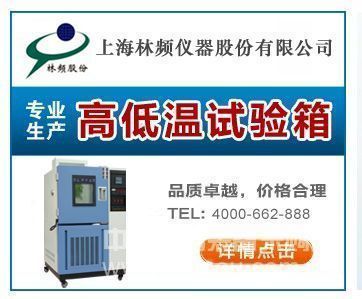Measurement error of constant temperature and humidity tester (1)
The measurement uncertainty and error of the constant temperature and humidity tester are the basic propositions studied in metrology and one of the important concepts often used by metrology testers. It is directly related to the reliability of the measurement results and the accuracy and consistency of the value transmission. However, many people are easy to confuse or misuse the two due to unclear concepts. This article combines the experience of "Measurement Uncertainty Evaluation and Representation" and focuses on the differences between the two.
The first thing to be clear is the conceptual difference between the measurement uncertainty and error of the constant temperature and humidity tester.

The measurement uncertainty characterizes the evaluation of the range of the measured true value. It gives the interval where the true value may fall according to a certain confidence probability. It can be the standard deviation or its multiple, or the half-width of the interval that describes the confidence level. It is not a specific true error, it merely quantifies the part of the error range that cannot be corrected in the form of a parameter. It comes from the imperfect correction of accidental effects and system effects, and it is used to characterize the dispersion parameters of the measured values ​​that are reasonably assigned. Uncertainty is divided into two types of evaluation components, A and B, according to the method of obtaining it. Class A assessment component is the uncertainty assessment made by the statistical analysis of the observation series. Class B assessment component is estimated based on experience or other information, and it is assumed that there is an uncertainty component characterized by an approximate "standard deviation".
The error of the constant temperature and humidity tester refers to the measurement error in most cases. Its traditional definition is the difference between the measurement result and the measured true value. Usually can be divided into two categories: systematic errors and accidental errors. The error exists objectively, it should be a certain value, but in most cases, the true value is not known, so the true error cannot be accurately known. We just seek the best truth value approximation under certain conditions and call it the agreed truth value.
SHANDONG CAIFENG INTERNATIONAL TRADING Co., Ltd. , https://www.zihcaifeng.com